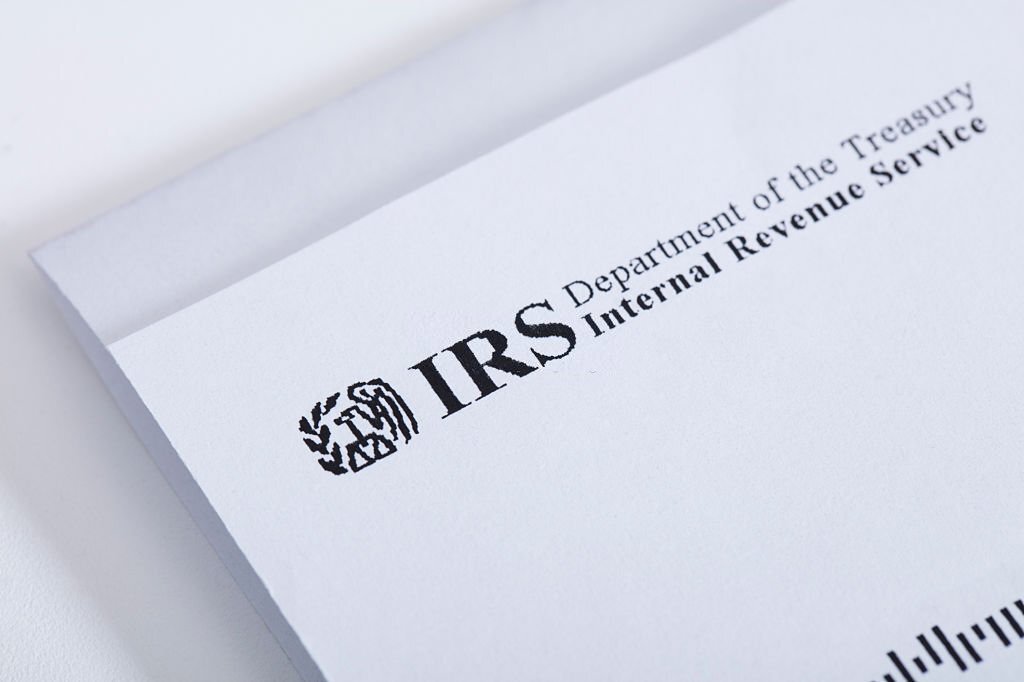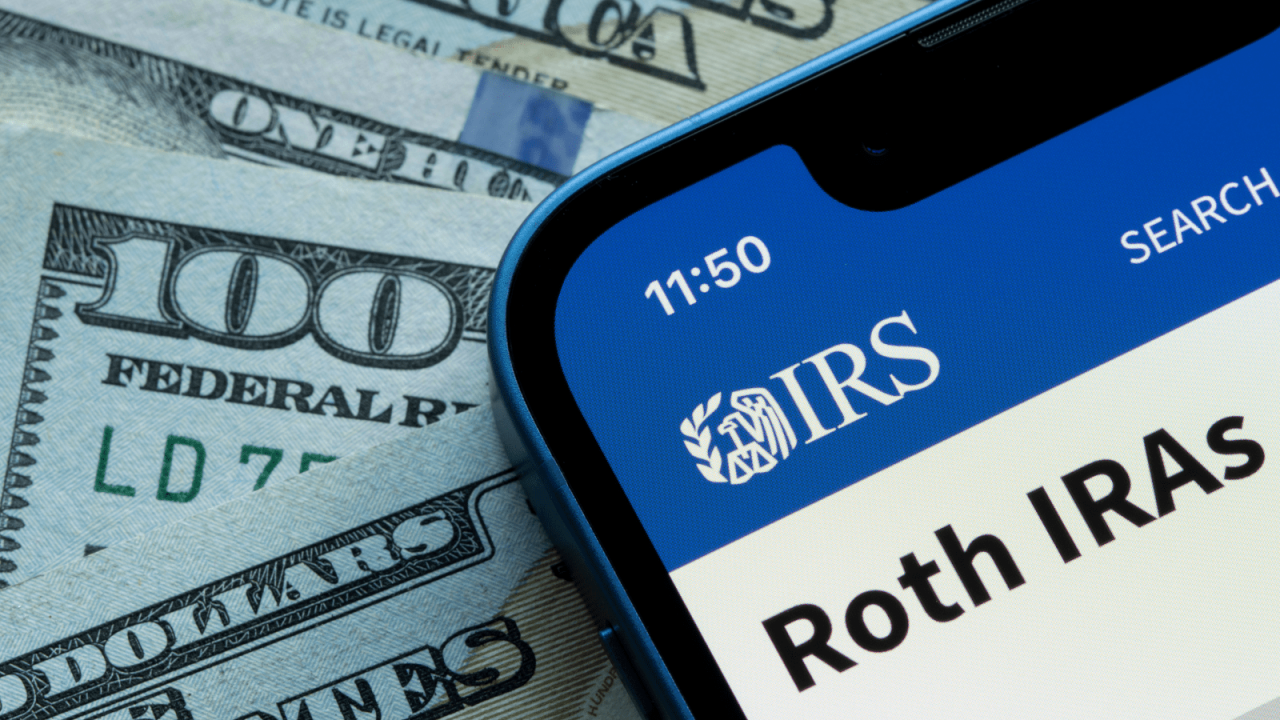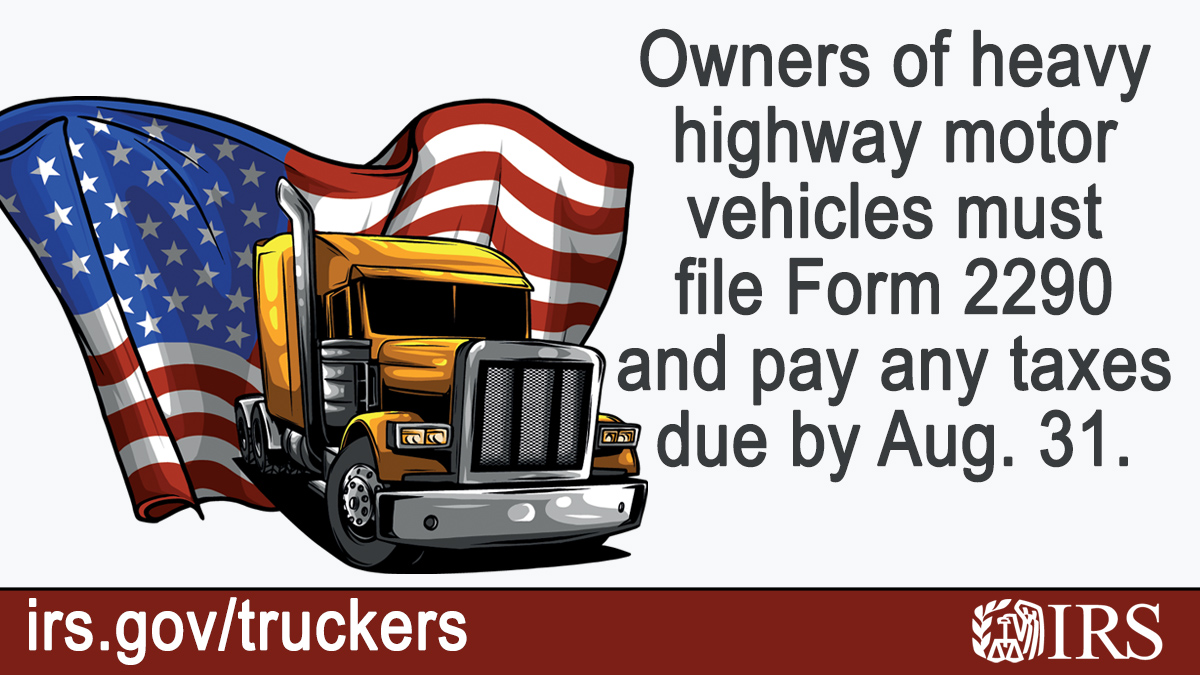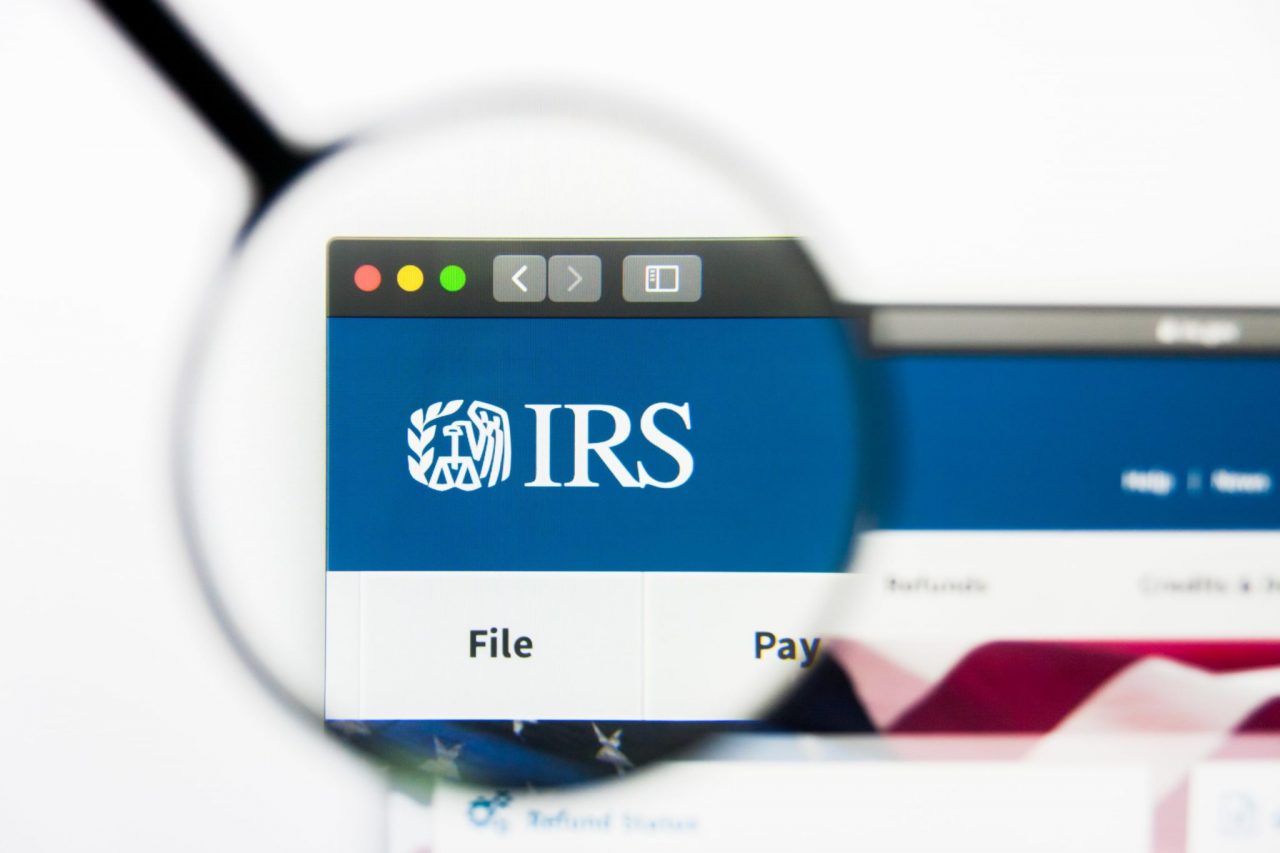In today’s challenging, tech-driven environment, accounting firms are increasingly thinking outside of the box and looking to hire talent with additional skillsets. Are you ideally positioned to compete?
Upskilling can be a great way to unlock growth opportunities and land your dream job. Upskilling, which is essentially adding additional training or education to further develop your current skills, is obviously not a new concept but it has perhaps never been easier thanks to the rise of online resources that allow for on-demand learning and greater networking capabilities.
Both employers and job seekers are placing a greater focus on additional skillsets. Therefore, underestimating the importance of upskilling could place you at a disadvantage in your job search and hamper your ability to land the job, and pay, you desire.
Consider this: A Gallup survey, commissioned by Amazon, found that “upskilling is becoming a sought-after employee benefit and powerful attraction tool for employers amid the current labor shortage.”
According to the “American Upskilling Study,” upskilling is associated with an additional 8.6 percent boost in annual income (about $8,000 on average), higher job satisfaction overall, and an increased standard of living. In fact, 30 percent of workers surveyed said they were able to move into new, higher-paying jobs after gaining new skills.
And employers are recognizing that upskilling opportunities can help them better attract and retain talent. More than half (65 percent) of workers surveyed said the opportunity to participate in an upskilling program was an “extremely” or “very” important factor in deciding to take a new job.
The Impacts of Technology
Firms looking to drive greater efficiencies, expand bandwidth, and better serve clients are increasingly turning to technology and greater automation capabilities. As firms look to automate many manual tasks they will no doubt seek job candidates that possess the skillsets needed to provide more proactive, strategic advice.
According to “The Future of Jobs Report 2023” by the World Economic Forum, survey respondents predict that nearly half (42 percent) of business tasks will be automated by 2027. Task automation in 2027 is expected to vary from 35 percent of reasoning and decision-making, to 65 percent of information and data processing.
Survey respondents also predict that greater automation and the rise of digitalization will result in some job losses. In fact, surveyed organizations predict 26 million fewer jobs by 2027 in data entry, accounting, bookkeeping and payroll clerks; administrative and executive secretaries; and record-keeping and administrative roles, including cashiers and ticket clerks.
In-Demand Skillsets
So what are the skillsets that employers are looking for in a job candidate? Based on research from both LinkedIn and the World Economic Forum, the following 10 skillsets are among those that made that the list:
- Analytical thinking
- Creative thinking
- Technology literacy
- Leadership
- Communication
- Team work
- Problem solving
- Project management
- Talent management
- Customer service
“Skills that help a business not only run efficiently but also reach and retain customers are the ones companies need most right now. Learning and demonstrating the most up-to-date skills in customer service, sales, project management, research, or marketing can help you stand out as in demand talent and grow your career and help businesses thrive no matter the macro-environment,” stated the “LinkedIn 2023 Most In-Demand Skills” report.
How to Upskill
Participating in formal education and training is no doubt one way job seekers can upskill themselves but taking a step back and first outlining a strategy may prove beneficial. Below are some helpful tips to follow when looking to upskill yourself:
- Start by thinking about what you are looking to achieve. What is your goal? What are you hoping to achieve in your professional career?
- Identify the skillsets you may lack or need to improve upon. Looking at the job descriptions for your desired position can be a great way to identify skills you may need to develop.
- Now it’s time to create a plan. Think about different ways you can obtain the necessary education or training and set your budget. Remember that there are a lot of free online resources that can be helpful.
- Once you’ve started learning the skillsets begin putting them to use. If you’re working while searching for a new job, try testing out your new skills in your current job to hone your skills and increase your confidence as you look to advance your career and ultimately land your dream job.
In today’s business environment it is becoming increasingly vital to upskill yourself to remain competitive in your job search. Ramping up your skillsets and following the right job search tipscan help you land the job you desire. If you’re interested in learning more about career growth opportunities, visit the Larson Accounting Group.
Source: AMPLY








